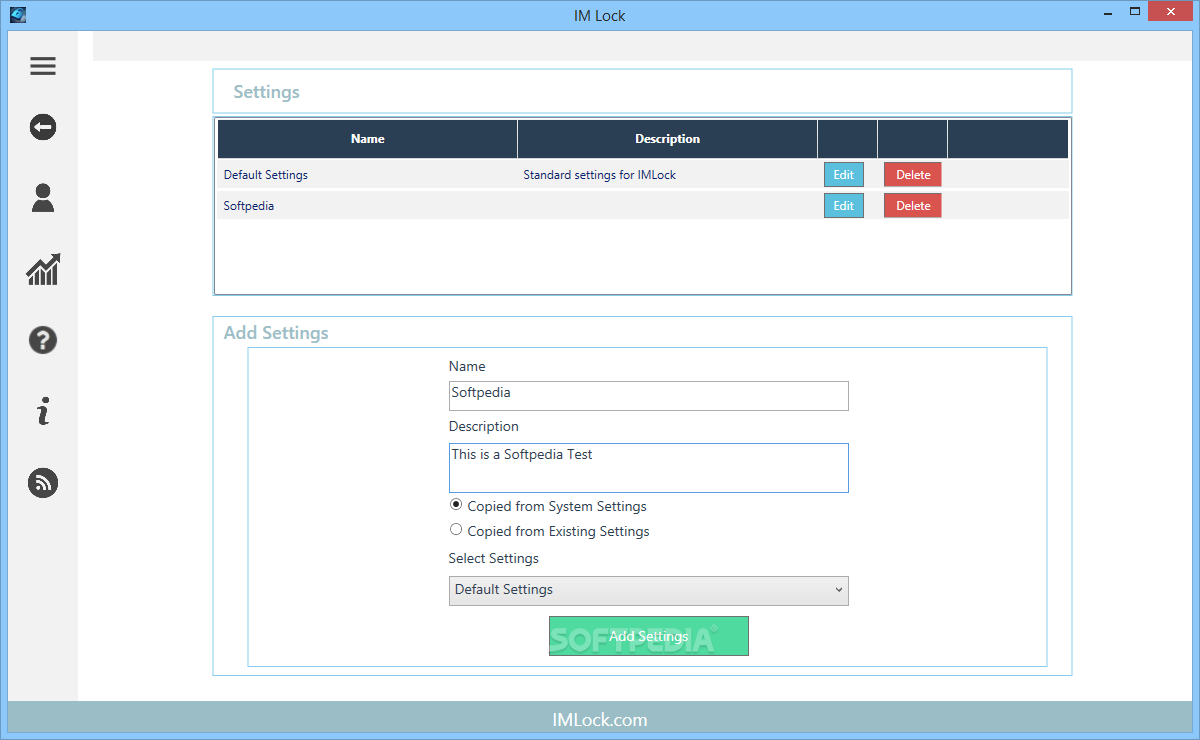

Related: 5 Bad TCC Solenoid Symptoms #2 – Problems with Gear ShiftsĪny delayed or soft shifts could be the symptom of the torque converter’s lowered pressure output. There could be a low amount of transmission fluid too, so you should first inspect the fluid as soon as you notice slipping taking place. The fuel economy of the vehicle will decrease as well.

Either too much fluid or not enough fluid will go into the transmission, causing the gears to become slippery which results in a decrease in acceleration. When a torque converter has problems, they will show themselves quickly because it won’t be able to manage the fluid properly. Here’s a list of the typical symptoms you’ll find with a faulty torque converter: #1 – Slipping of the Transmission Worst of all, the system generates more heat which could create even more problems in other areas too. The operation of the engine will require more revolutions to take place per minute, which will decrease the transmission fluid pressure and fuel economy. When the torque converter becomes faulty, there is more work required to be done by the vehicle just to sustain the same speed levels. The cost of replacing the torque converter is much less than replacing the transmission. What they don’t realize is that it may be the torque converter malfunctioning instead. As a result, people will end up paying thousands of dollars just to replace their transmission or have it rebuilt. Problems with the torque converter create symptoms that are often misconstrued as being a transmission that’s failing. The speed and gear of the vehicle is determined by how much hydraulic pressure is generated inside of the transmission through this process.

This particular blade assembly is attached to the input shaft of the transmission. This causes fluid from the transmission to flow onto the blades of the impeller. These blades spin like a propeller in sync with the engine crankshaft. Underneath the cover of the torque converter is a pump which contains a bunch of blades.

The crankshaft spins the flex plate to create the conversion effect. This converter is installed and mounted onto a flex plate in between the transmission and engine. Click Here to chat online with a verified mechanic who will answer your questions.īasically, the rotational power of engine torque is transferred to the transmission from the engine using a torque converter.


 0 kommentar(er)
0 kommentar(er)
